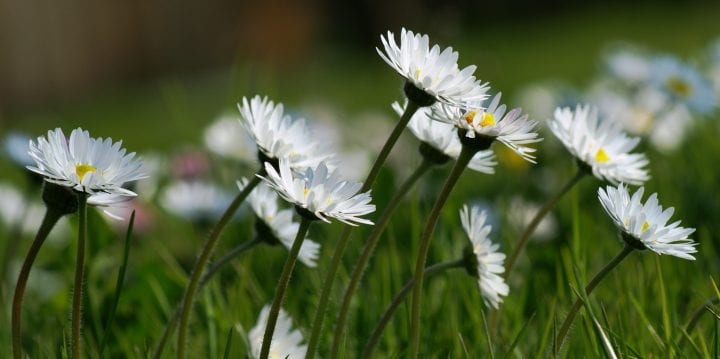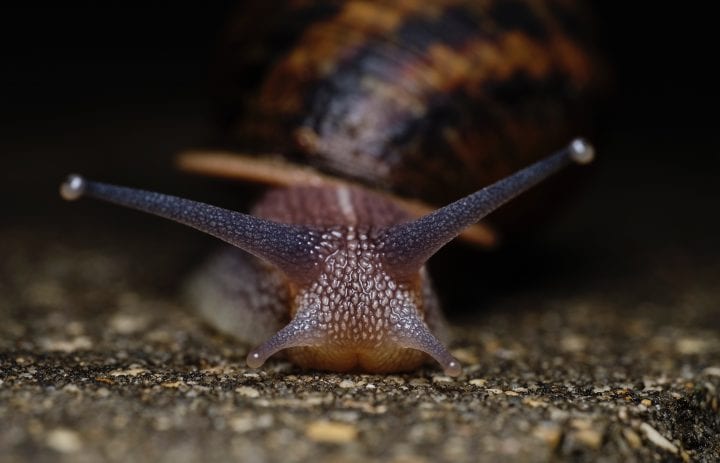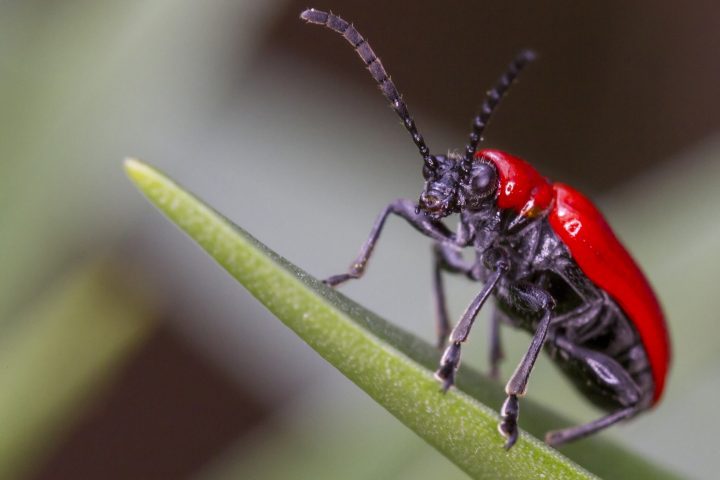Move in/Through Gases
Living systems must move through gases (which are less dense than liquids and solids) such as those in the earth’s atmosphere. The greatest challenge of moving in gases is that because the living system is heavier than the gas, it must overcome the force of gravity. Moving efficiently in this light medium presents unique challenges and opportunities for living systems. As a result, they have evolved countless solutions to optimize drag and increase lift so that they can stay aloft and take advantage of variable currents. Additionally, they must overcome gravity when moving from a liquid or solid into the air. The fairyfly, the smallest known insect, is a tiny wasp that must move through the air. To the wasp, air feels like a heavy liquid and to move through it, it uses special feathery oars rather than wings.
Sense Light (Visible Spectrum) From the Environment
Living systems constantly receive signals from their environment that help them survive. Light (in the visible spectrum) can come from other living systems (such as fireflies) or from non-living sources (such as the sun). Survival often depends on sensing and responding to challenges like low light conditions or light that has been altered in some way. Because basic survival is at stake, living systems must excel at meeting those challenges. A well-known phenomenon is how water bends light. A stork trying to catch a fish underwater can compensate for this bending effect so that when it strikes at the fish, it has a good chance of catching it.
Sense Light (Non-visible Spectrum) From the Environment
Living systems interact with each other and with their environments to gain information. Sometimes that information is in the electromagnetic spectrum. Wavelengths in the electromagnetic spectrum are also called the non-visible spectrum, because humans can’t detect them with the naked eye. These include ultraviolet (UV) light, infrared (IR) light, radio waves, and other wavelengths. Detecting within these spectra requires strategies beyond those used for visible light, so many living systems that depend on these signals have specialized organs to do so. For example, beetles that feed on burned trees have sensory organs that detect infrared radiation emitted by fires, enabling them to quickly locate a burned area.
Respond to Signals
To interact with its environment, a living system must not only sense a variety of signals, but also respond to them. To be energy- and material-efficient, those responses must be appropriate to the signal. This generally requires sensing thresholds to trigger an appropriate level of response (for example, hiding under a shrub versus running away to avoid a predator). Response strategies are tied to a specific signal and often have a response threshold, which determines how strong a signal must be to warrant expending energy to respond. One example is a plant that lives in arid regions in South Africa. Its seed capsules remain closed until rainfall triggers them to open to release the seeds. But the plant only responds to a second rainfall, thus protecting against releasing its seeds before there is enough sustained water for them to grow.






